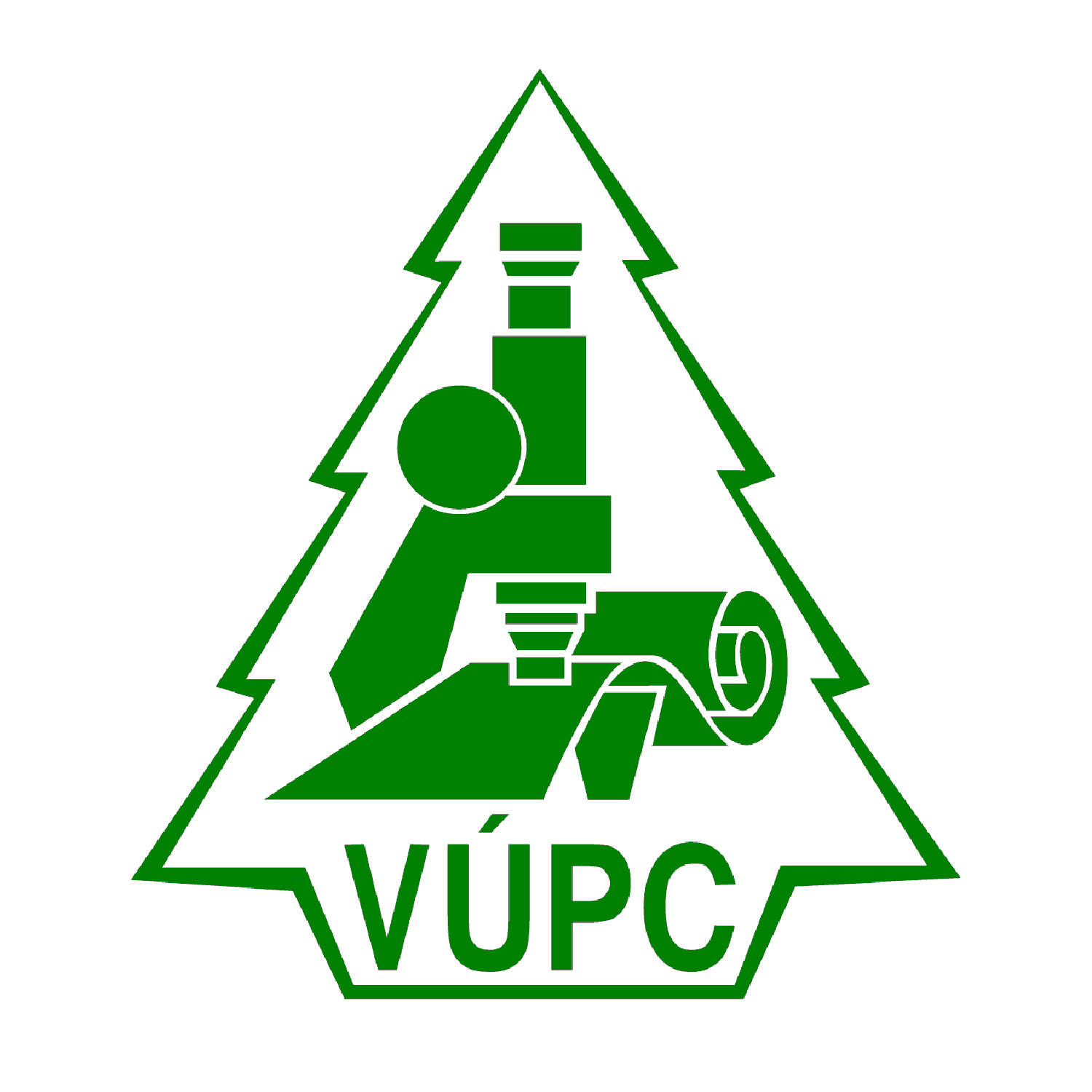THE OPTIMAL IMPREGNATION AMOUNTS OF FLAME-RETARDANT FOR KOREAN LARCH AND JAPANESE CEDAR BUILDING MATERIALS
In Korea, in accordance with regulations MOLIT notice 2023-24 regarding the flame retardant performance of building finishing materials and fire spread prevention structure, it is mandated that flame-retardant materials have a total heat emission less than 8 MJ/m2. Consequently, our study aimed to determine the quantity of flame-retardant treatment required to meet MOLIT notice 2023-24 for Korean larch and Japanese cedar, as commonly used exterior materials in construction. To this end, we investigated using a cone calorimeter to observe changes in the THR (total heat released) depending on the SCFI (solid content of flame-retardant impregnation). Our simple linear regression analysis indicated that the SCFI needed to satisfy the prescribed flame-retardant standard of 8 MJ/m2 was 93.9 kg/m3 for Korean larch and 144.6 kg/m3 for Japanese cedar. As a result, we established optimal impregnation levels of flame retardant for both species









